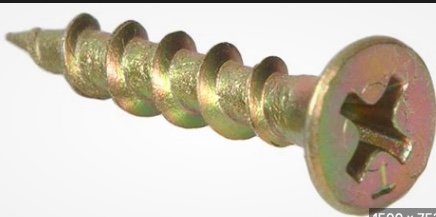I’m staying a friend’s place for a few days, and being a bit OCD I’ve been fixing the things that I can.
But they have kitchen cabinet doors that lift up, and one has ripped out of the particle board frame.
My first thought was to put some epoxy or gel superglue in the hole before putting in a new screw, and letting that harden—- but I’m thinking that it might not be enough, so maybe I need to put down some thin superglue first to let it soak in and strengthen the area.
And then I remembered watching an episode of This Old House, where Tom Silva mentioned treating rotten wood by scraping way the bad wood and using a ‘wood hardener’. Would something like that work with particle board, and would it be significantly better penetrating than just using super glue?
Or is there something else entirely that I should consider for this repair?
update: it’s two stripped holes, not a whole chunk torn out. (But I’m afraid if I only do a local reinforcement, it might be a larger tear out the next time). I’m limited from using significantly larger screws due to the hardware (needs to fit through the hole in the hinge). And I’m not traveling with my toolbox, and they don’t have a drill, otherwise moving the hinge or going all the way through with a bolt would be great solutions. I may have to ask at the hardware store if there are any tool rental places.
It’s also a rented apartment, but the occupants have said their landlord hasn’t been dealing with repairs at all since they moved in. Including a ridge in the floating floor that they said came from some under floor water leak.

